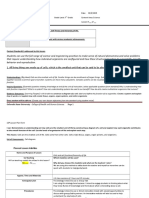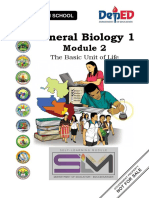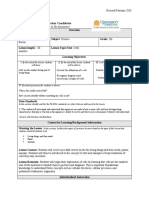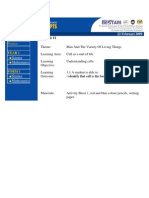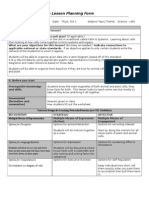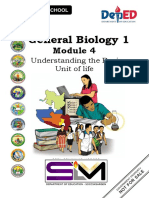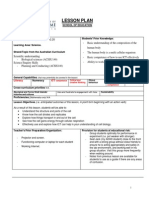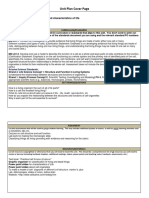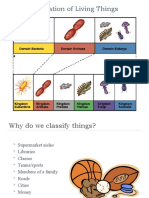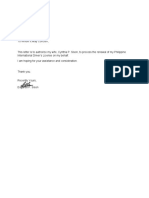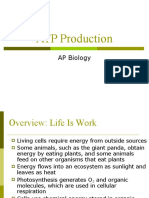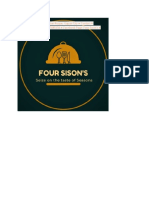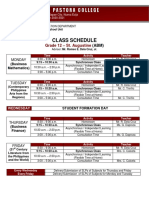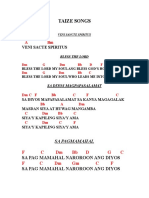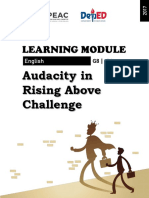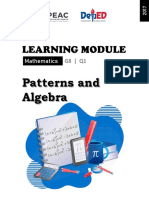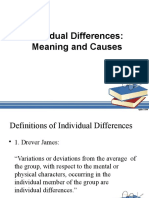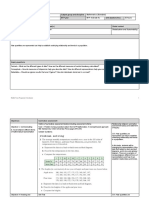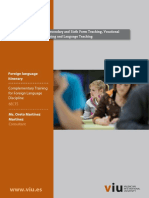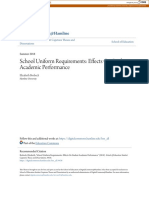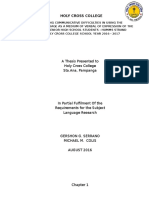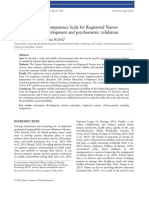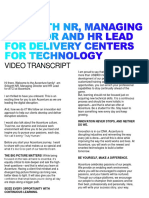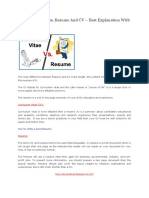0% found this document useful (0 votes)
92 views4 pagesDPC Template For Self Learning Packet (SLP) Cover Page/Title
This document provides a template for a self-learning packet (SLP) on cells. The SLP contains 3 parts:
Part 1 includes a cover page with the subject and grade level, an introduction to cells, and an overview of lessons exploring cell structure and function.
Part 2 is the learning plan, outlining objectives, preparatory tasks, concept notes, activities measuring content, skills and values, a journal log, and feedback sections.
Part 3 is a quarter summary performance report listing activities and ratings, a post-test, and references in APA format.
Uploaded by
Camille Sison-AlmirolCopyright
© © All Rights Reserved
We take content rights seriously. If you suspect this is your content, claim it here.
Available Formats
Download as DOCX, PDF, TXT or read online on Scribd
0% found this document useful (0 votes)
92 views4 pagesDPC Template For Self Learning Packet (SLP) Cover Page/Title
This document provides a template for a self-learning packet (SLP) on cells. The SLP contains 3 parts:
Part 1 includes a cover page with the subject and grade level, an introduction to cells, and an overview of lessons exploring cell structure and function.
Part 2 is the learning plan, outlining objectives, preparatory tasks, concept notes, activities measuring content, skills and values, a journal log, and feedback sections.
Part 3 is a quarter summary performance report listing activities and ratings, a post-test, and references in APA format.
Uploaded by
Camille Sison-AlmirolCopyright
© © All Rights Reserved
We take content rights seriously. If you suspect this is your content, claim it here.
Available Formats
Download as DOCX, PDF, TXT or read online on Scribd
/ 4







